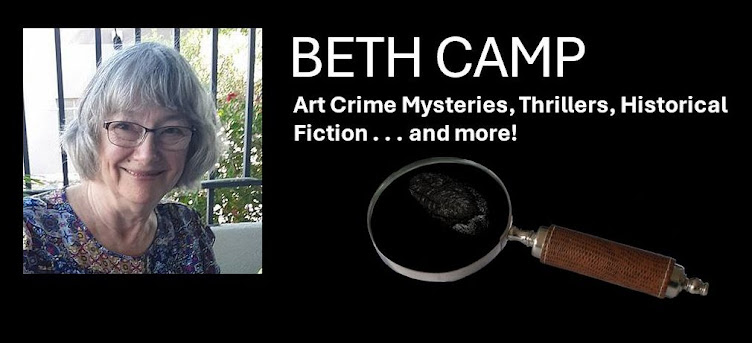 |
| Manitou Park, Spring |
Sometimes procrastination is good for writers. We need time to let our minds work over material, to consider 'what if?' in all its terrible uncertainty. Sometimes I think writing a long story is like building a bridge over a chasm, faith that each scene will fit the overall plan, that the next session of writing will extend the bridge and not fall, and that at some point, the whole will be complete and hold true.
Or it could be that today I just want to work with my hands. I tell myself I will read later.
But the story of the Pandora has interesting complexities -- yet true to life. I wrote about Mary Bryant earlier this month. In 1791, Mary, with her two young children, followed her husband, William, in a desperate attempt to escape convict life in Sydney. They crossed nearly 4,000 miles in an open boat with a few companions and little food. They nearly starved but landed finally in Timor. Safe. But somehow William "had words" with his wife and confessed to the local governor that they were not survivors from some anonymous shipwreck. The entire party was put into jail to await return to England, including the children. The ship to carry them 'home' in irons was the Gorgon; its Captain had previously wrecked his ship, the Pandora, chasing mutineers from the Bounty..
Don't open Pandora's box, Mary might have said to her husband. I wonder what they disagreed about so much that he betrayed her. Robert Hughes thinks he was drunk (The Fatal Shore, 206-208). I would rather William's sin be one of omission (an unintended, drunken confession) rather than commission (an act of will). For the sad conclusion to this story is that William, their little son, Emanuel, and their daughter, Charlotte, did not survive that voyage home.
Read more about Mary Bryan at the Australian Dictionary of Biography.

No comments:
Post a Comment